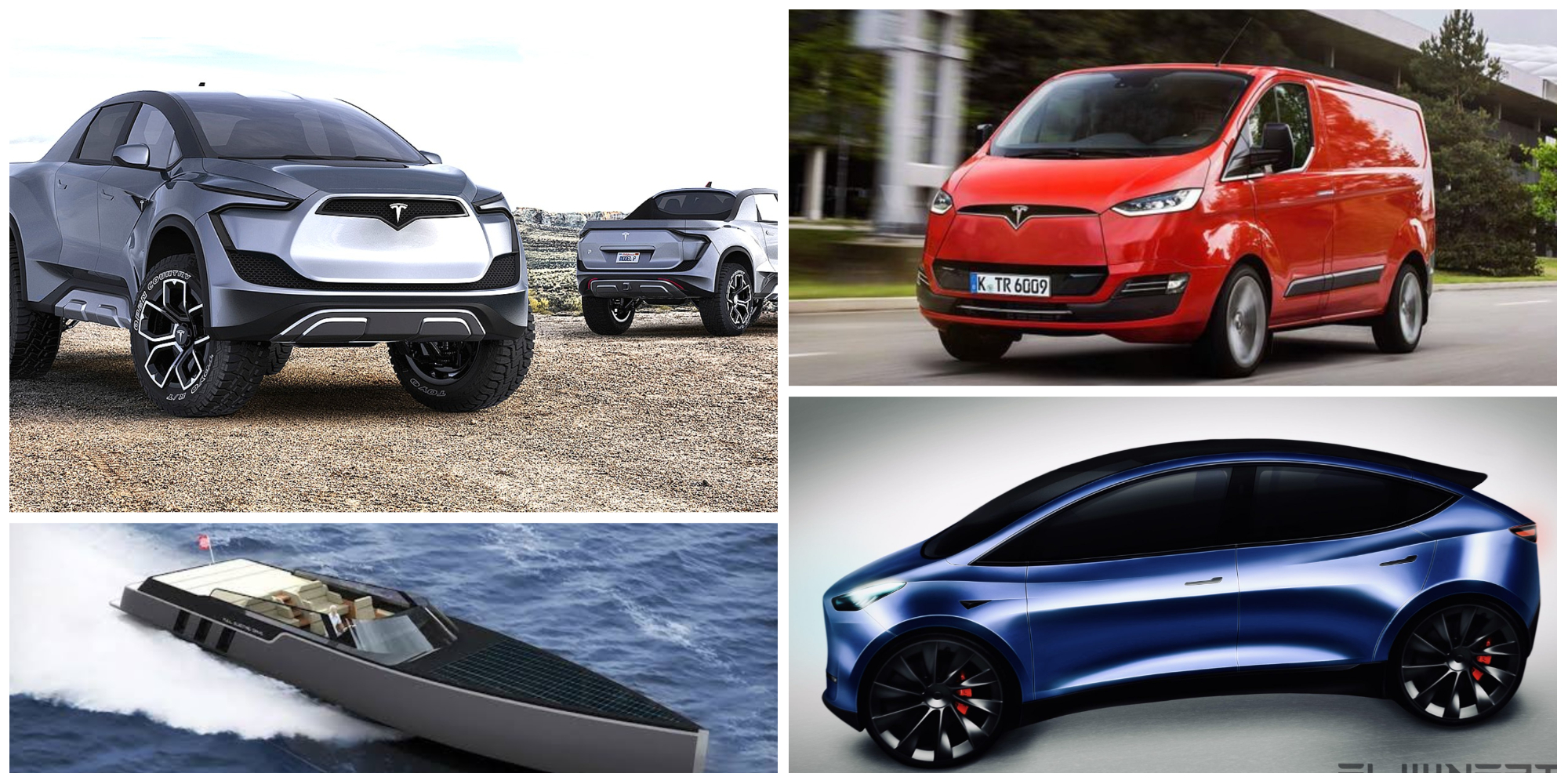
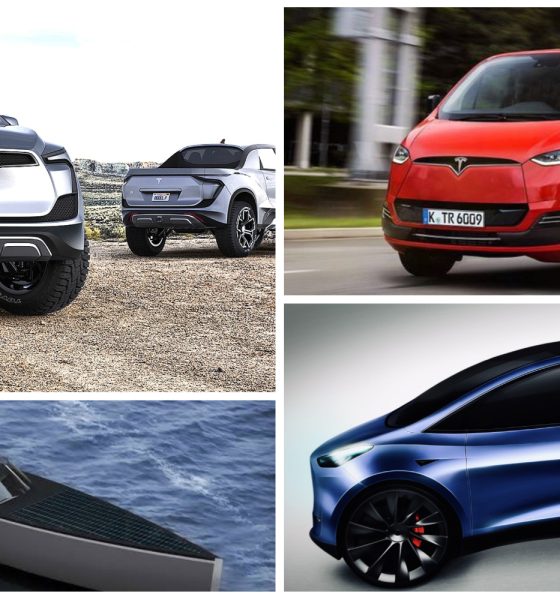
News
Tesla Van, revised Cybertruck, Tesla Boat — Here’s what could be coming
Tesla CEO Elon Musk confirmed during the company’s most recent Earnings Call on Wednesday that the automaker has “other products” being developed. Of course, Musk did not shed any detail on them, but based on what the company might need, and what others have said in the past, we have an idea of what they could be.
Musk said:
“I should also say that there — we have other products in development. We’re not going to announce them, obviously, but they’re very exciting. And I think it will blow people’s minds when they — when we reveal them. Tesla has the most exciting product road map of any company on earth by a long shot.”
A Tesla Van
A Tesla Van might be in the product roadmap, especially as Musk has hinted toward the idea on several occasions. In late 2018, Musk stated that it may be “interesting to work with Daimler/Mercedes on an electric Sprinter.”
In early 2021, Musk reiterated this point while speaking on the Q4 and Full Year 2020 Earnings Call, stating, “I think Tesla is definitely going to make an electric van at some point.”
While a Tesla Van might be a great idea for some personal applications, this would be something that would undoubtedly be used as a commercial vehicle. To this day, Sprinter vans are utilized by a variety of companies, from auto parts stores, to car detailing businesses. However, Tesla may find the biggest application for it internally.
(Credit: teslaguru2/Instagram)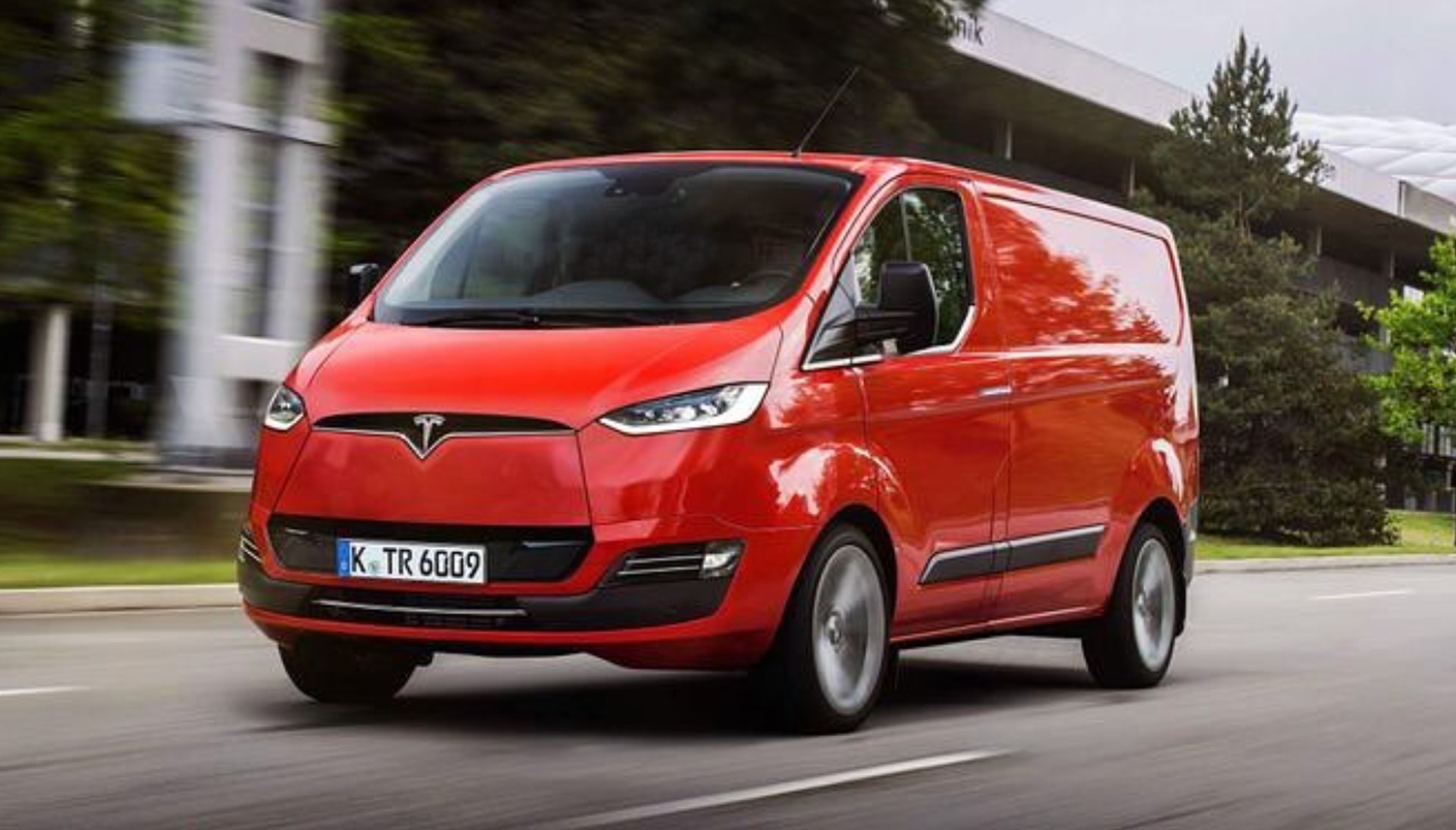
Still utilizing some Ford Transit vans and some Model S and Model X vehicles, among others, for its Mobile Service fleet, Tesla would undoubtedly see several advantages from developing a van. For one, Tesla still struggles with Service, especially at physical locations. With the company delivering over 1.3 million cars last year and only growing its Store and Service locations by 120 this past year, or ten a month, Mobile Service could be the company’s key to improving its overall effectiveness.
The Mobile Service fleet grew 24 percent in 2022 compared to 2021, with 303 additional units added last year alone. However, this could likely increase further if Tesla developed and built its own Service vehicles, and let’s face it, they’d be much more cost-effective than leasing expensive Service locations.
A Tesla Van would also enter a market with relatively small amounts of competition. Currently, the E-Transit holds 73 percent of the segment, with 6,500 sales last year. Offering only 236 miles of range in its Custom offering, the E-Transit could be challenged by a Tesla Van.
A ‘More Traditional’ Pickup
This one is a bit of a long shot, but it could definitely still happen. Musk stated in an interview with Automotive News in 2020 that if the Tesla Cybertruck was a flop, the company could develop a more “traditional” pickup design.
“If it turns out nobody wants to buy a weird-looking truck, we’ll build a normal truck, no problem,” he said.
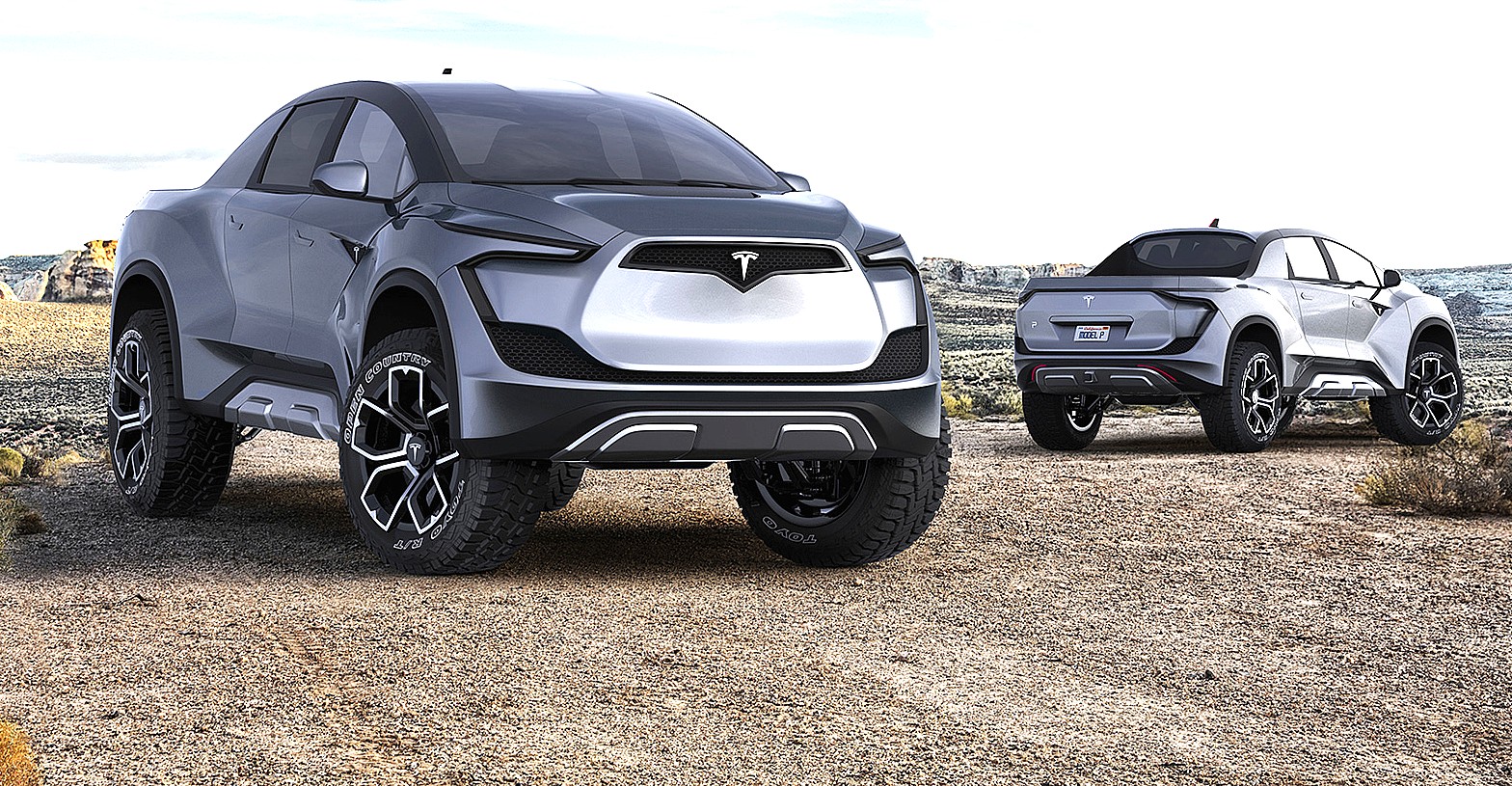
An artist’s render of the Tesla Pickup Truck. (Credit: Emre Husman)
With over a million pre-orders currently, it does not seem as if Tesla will do this, at least not any time in the near future. However, Chief Designer Franz von Holzhausen, who confirmed the Cybertruck design was finalized, did state Tesla never really puts a “pencils down” approach to the subject.
While the whole idea behind the Cybertruck was to break the mold of traditional pickup designs, some may want to continue with Tesla’s expertise in EVs while having something slightly more “normal.” But, in my estimation, don’t hold your breath.
A Tesla Boat
In regards to Tesla’s “ecological paradise,” Musk told us in September that the company filed to expand Gigafactory Texas from the southern portion to make way for this project. Visitors would be able to float down the Colorado River to downtown Austin.
But instead of Tesla Kayaks, Musk said the company could develop “electric Tesla boats with a retro-futuristic Victorian design.”
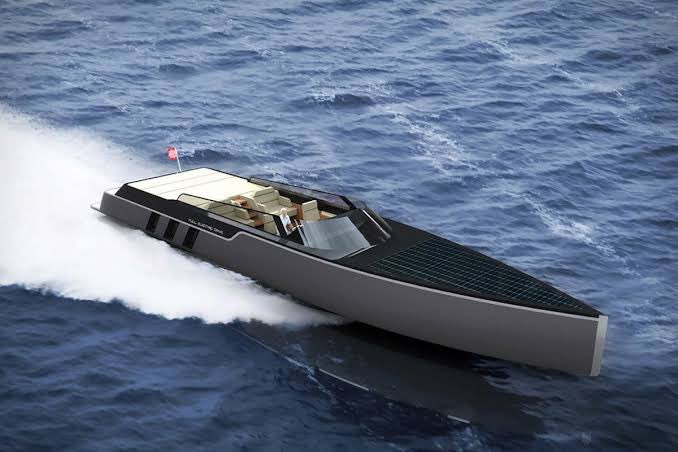
Musk has already hinted that the Cybertruck will likely be able to float and navigate through water, at least to an extent. However, it seems that a boat could be developed for at least the company’s internal projects, like the “ecological paradise” it plans to build outside of the Texas Gigafactory.
$25,000 Mass-Market Sedan
Heavily rumored as a Tesla project for several years, the $25,000 vehicle is the company’s key to mass affordability for many consumers.
When Chevrolet announced huge cuts on the Bolt EV and EUV last year, it became one of the most affordable EVs you can buy, and it was a car that was recognized as a major needle mover in terms of EV adoption simply because it showed consumers that you don’t have to spend upwards of $40,000 on an EV.
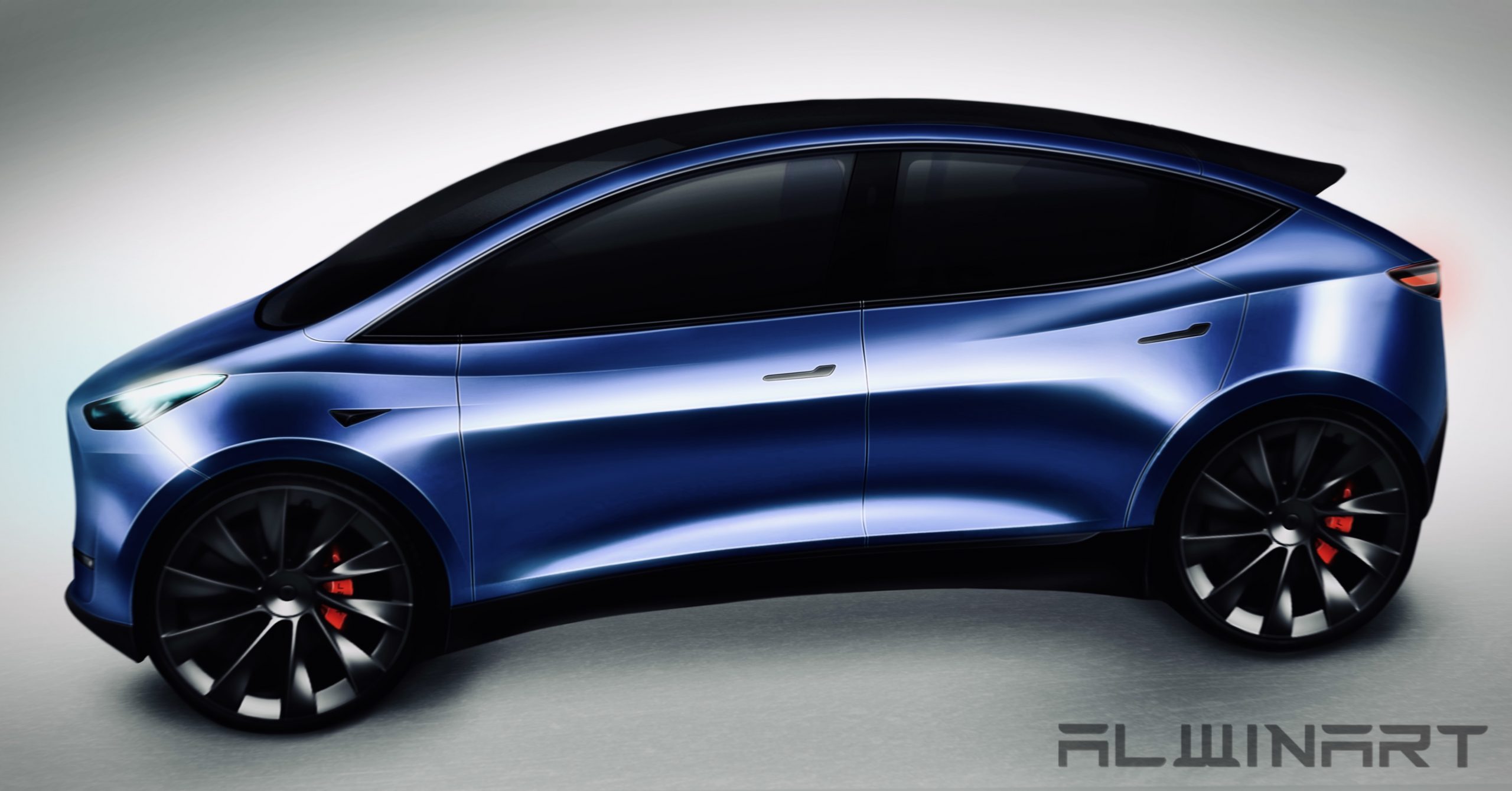
Credit: Alwinart/Twitter
However, the vehicle is not a rumor, and it’s definitely something Tesla is looking toward developing soon. Musk said last year:
“Well, we’re not currently working on the — on a $25,000 car. We — you know, at some point, we will, but we have enough on our plate right now, too much on our plate, frankly. So, you know, at some point, there will be.”
The $25,000 Tesla will likely be a part of the company’s next-gen platform, which will be discussed during the Investor Day on March 1. Musk once again confirmed during the Q4 and Full Year 2022 Earnings Call that this will be on the agenda for the event.
What won’t happen: a Tesla Motorcycle
While Tesla did unveil a Tesla CyberATV at the Cybertruck event in 2019, Musk said Tesla will never develop an electric motorcycle.
“I had a road bike until I was 17 and was almost killed by a truck,” Musk said. “So we’re not going to do motorcycles.”
The Bottom Line
Of course, we already know Tesla is developing a new version of the Model 3 within Project Highland. While this could be more of an internal revamp than anything, just as the Model S and Model X refreshes were, there are undoubtedly plenty of things in the works.
I’d love to hear from you! If you have any comments, concerns, or questions, please email me at joey@teslarati.com. You can also reach me on Twitter @KlenderJoey, or if you have news tips, you can email us at tips@teslarati.com.

Elon Musk
Starlink passes 9 million active customers just weeks after hitting 8 million
The milestone highlights the accelerating growth of Starlink, which has now been adding over 20,000 new users per day.

SpaceX’s Starlink satellite internet service has continued its rapid global expansion, surpassing 9 million active customers just weeks after crossing the 8 million mark.
The milestone highlights the accelerating growth of Starlink, which has now been adding over 20,000 new users per day.
9 million customers
In a post on X, SpaceX stated that Starlink now serves over 9 million active users across 155 countries, territories, and markets. The company reached 8 million customers in early November, meaning it added roughly 1 million subscribers in under seven weeks, or about 21,275 new users on average per day.
“Starlink is connecting more than 9M active customers with high-speed internet across 155 countries, territories, and many other markets,” Starlink wrote in a post on its official X account. SpaceX President Gwynne Shotwell also celebrated the milestone on X. “A huge thank you to all of our customers and congrats to the Starlink team for such an incredible product,” she wrote.
That growth rate reflects both rising demand for broadband in underserved regions and Starlink’s expanding satellite constellation, which now includes more than 9,000 low-Earth-orbit satellites designed to deliver high-speed, low-latency internet worldwide.
Starlink’s momentum
Starlink’s momentum has been building up. SpaceX reported 4.6 million Starlink customers in December 2024, followed by 7 million by August 2025, and 8 million customers in November. Independent data also suggests Starlink usage is rising sharply, with Cloudflare reporting that global web traffic from Starlink users more than doubled in 2025, as noted in an Insider report.
Starlink’s momentum is increasingly tied to SpaceX’s broader financial outlook. Elon Musk has said the satellite network is “by far” the company’s largest revenue driver, and reports suggest SpaceX may be positioning itself for an initial public offering as soon as next year, with valuations estimated as high as $1.5 trillion. Musk has also suggested in the past that Starlink could have its own IPO in the future.
News
NVIDIA Director of Robotics: Tesla FSD v14 is the first AI to pass the “Physical Turing Test”
After testing FSD v14, Fan stated that his experience with FSD felt magical at first, but it soon started to feel like a routine.

NVIDIA Director of Robotics Jim Fan has praised Tesla’s Full Self-Driving (Supervised) v14 as the first AI to pass what he described as a “Physical Turing Test.”
After testing FSD v14, Fan stated that his experience with FSD felt magical at first, but it soon started to feel like a routine. And just like smartphones today, removing it now would “actively hurt.”
Jim Fan’s hands-on FSD v14 impressions
Fan, a leading researcher in embodied AI who is currently solving Physical AI at NVIDIA and spearheading the company’s Project GR00T initiative, noted that he actually was late to the Tesla game. He was, however, one of the first to try out FSD v14.
“I was very late to own a Tesla but among the earliest to try out FSD v14. It’s perhaps the first time I experience an AI that passes the Physical Turing Test: after a long day at work, you press a button, lay back, and couldn’t tell if a neural net or a human drove you home,” Fan wrote in a post on X.
Fan added: “Despite knowing exactly how robot learning works, I still find it magical watching the steering wheel turn by itself. First it feels surreal, next it becomes routine. Then, like the smartphone, taking it away actively hurts. This is how humanity gets rewired and glued to god-like technologies.”
The Physical Turing Test
The original Turing Test was conceived by Alan Turing in 1950, and it was aimed at determining if a machine could exhibit behavior that is equivalent to or indistinguishable from a human. By focusing on text-based conversations, the original Turing Test set a high bar for natural language processing and machine learning.
This test has been passed by today’s large language models. However, the capability to converse in a humanlike manner is a completely different challenge from performing real-world problem-solving or physical interactions. Thus, Fan introduced the Physical Turing Test, which challenges AI systems to demonstrate intelligence through physical actions.
Based on Fan’s comments, Tesla has demonstrated these intelligent physical actions with FSD v14. Elon Musk agreed with the NVIDIA executive, stating in a post on X that with FSD v14, “you can sense the sentience maturing.” Musk also praised Tesla AI, calling it the best “real-world AI” today.
News
Tesla AI team burns the Christmas midnight oil by releasing FSD v14.2.2.1
The update was released just a day after FSD v14.2.2 started rolling out to customers.

Tesla is burning the midnight oil this Christmas, with the Tesla AI team quietly rolling out Full Self-Driving (Supervised) v14.2.2.1 just a day after FSD v14.2.2 started rolling out to customers.
Tesla owner shares insights on FSD v14.2.2.1
Longtime Tesla owner and FSD tester @BLKMDL3 shared some insights following several drives with FSD v14.2.2.1 in rainy Los Angeles conditions with standing water and faded lane lines. He reported zero steering hesitation or stutter, confident lane changes, and maneuvers executed with precision that evoked the performance of Tesla’s driverless Robotaxis in Austin.
Parking performance impressed, with most spots nailed perfectly, including tight, sharp turns, in single attempts without shaky steering. One minor offset happened only due to another vehicle that was parked over the line, which FSD accommodated by a few extra inches. In rain that typically erases road markings, FSD visualized lanes and turn lines better than humans, positioning itself flawlessly when entering new streets as well.
“Took it up a dark, wet, and twisty canyon road up and down the hill tonight and it went very well as to be expected. Stayed centered in the lane, kept speed well and gives a confidence inspiring steering feel where it handles these curvy roads better than the majority of human drivers,” the Tesla owner wrote in a post on X.
Tesla’s FSD v14.2.2 update
Just a day before FSD v14.2.2.1’s release, Tesla rolled out FSD v14.2.2, which was focused on smoother real-world performance, better obstacle awareness, and precise end-of-trip routing. According to the update’s release notes, FSD v14.2.2 upgrades the vision encoder neural network with higher resolution features, enhancing detection of emergency vehicles, road obstacles, and human gestures.
New Arrival Options also allowed users to select preferred drop-off styles, such as Parking Lot, Street, Driveway, Parking Garage, or Curbside, with the navigation pin automatically adjusting to the ideal spot. Other refinements include pulling over for emergency vehicles, real-time vision-based detours for blocked roads, improved gate and debris handling, and Speed Profiles for customized driving styles.








